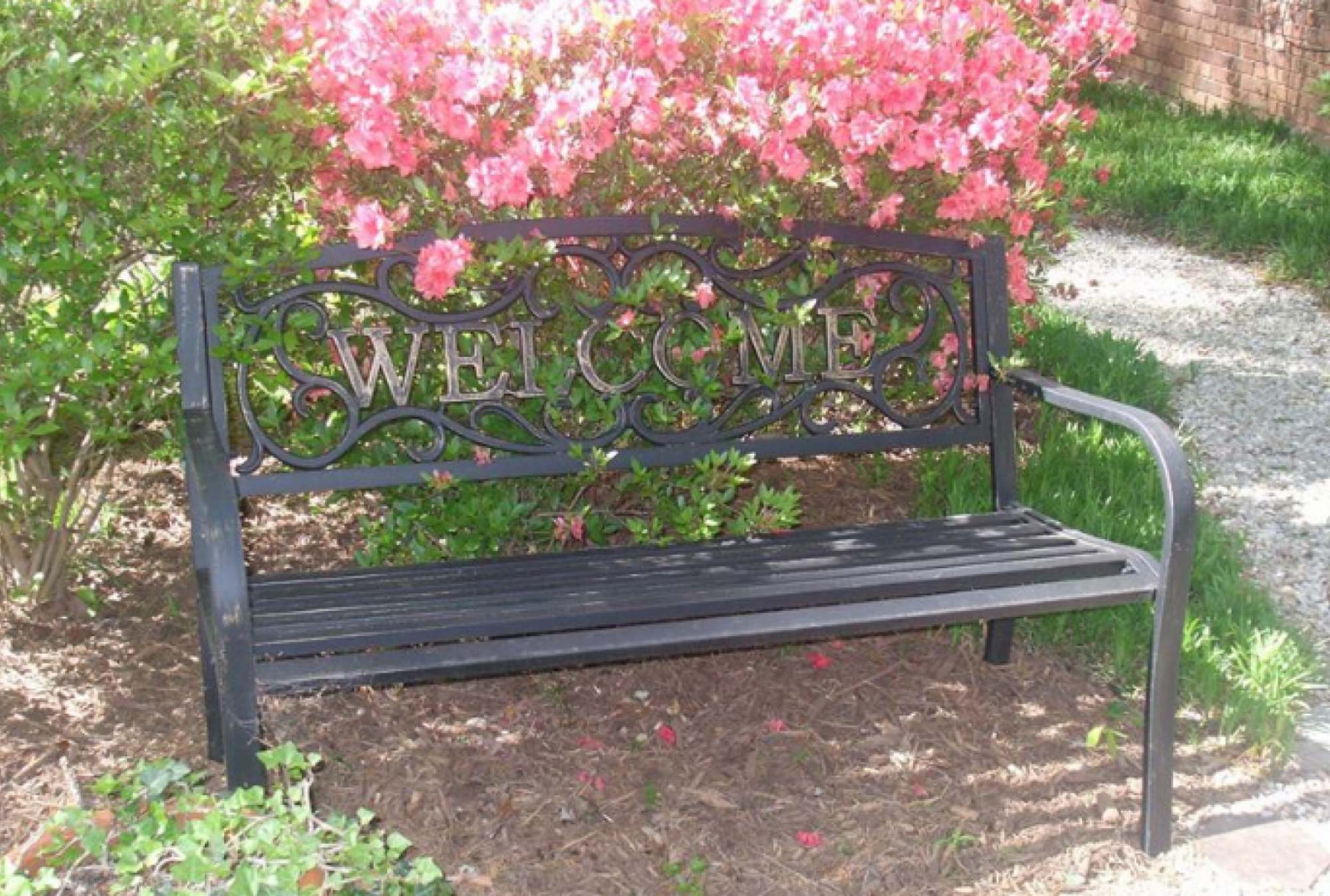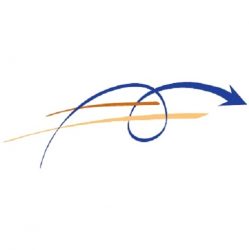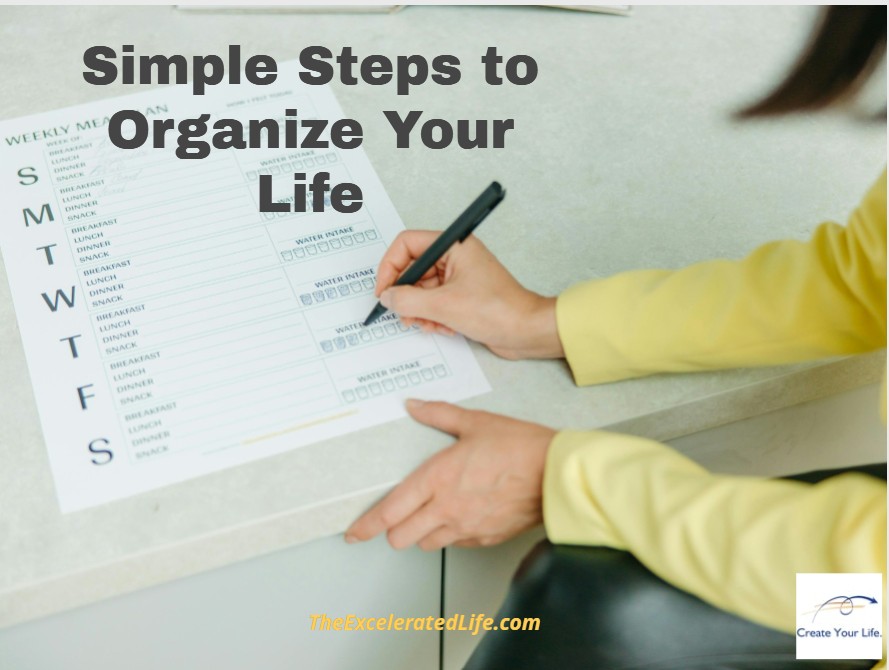You don’t have to be perfect to be well-enough organized. Organize your life in easy ways that work to help you feel less scattered and more in control of your possessions and your time.
[Title Photo by Yaroslav Shuraev]
Amanda’s Breakthrough
Amanda (*) came to me exhausted, frustrated, and overwhelmed. She was working hard on her professional goals, but her life felt like it was slipping through her fingers. Papers piled up on her desk, dishes lingered in the sink, and she was constantly late paying bills — not for lack of money, but because notices got buried under piles of unopened mail.
When I asked her about her goals, her face lit up. Amanda had a dream project she wanted to bring to life, a significant improvement for her employer and something that could genuinely change her future. But every time she tried to focus on it, she was pulled back into the chaos of her daily life. She felt guilty for neglecting the dream, but she didn’t know where to begin.
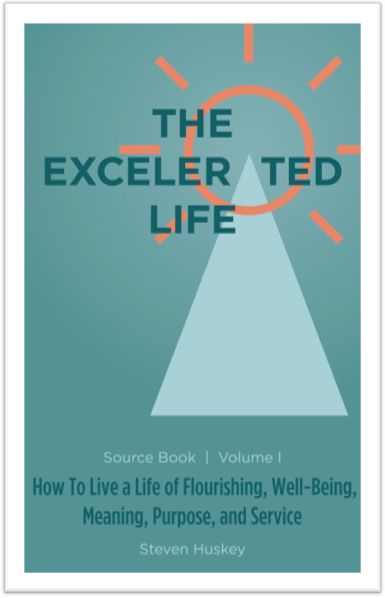
And so I helped her put together a plan – simple, easy steps to get “well-enough organized.” Not perfectly organized, not Instagram-worthy, not color-coded and flawless. Just well-enough organized so she could stop wasting time and energy, reclaim her focus, and pour her best effort into her BIG goal.
Within weeks, Amanda felt lighter. She could find her bills when she needed them. Her desk was clear enough to work without distraction. And with the clutter tamed, her mind uncluttered too. She had room, both physically and mentally, to focus on what mattered most.
That’s the power of Excelerated Organization™!
Why Being Well-Enough Organized Matters
We live in a culture that often idolizes productivity hacks and “life hacks.” However, the truth is that none of that matters if your life is disorganized.
Being well-enough organized saves time and energy. You don’t waste 20 minutes hunting for your keys or re-buying something you already own but can’t find. Organization reduces frustration and creates calm. You’re able to put your hands on what you need, when you need it.
And perhaps most importantly, being organized aligns your outer world with your inner life. There’s a saying from the Hermetic tradition: “As within, so without.” Our external world reflects our internal world. If your inner life is peaceful, your external environment tends to reflect that peace. If your internal world is chaotic, your external environment often mirrors that chaos.
The fascinating thing is this: you can change either one to influence the other. Straighten out your internal world, and you’ll naturally be more motivated to tidy up your surroundings. However, it’s often easier to start with the external. As Shunmyo Masuno, a Zen priest and author, puts it: “To simplify your inner self, straighten up your rooms.”
That’s why Excelerated Organization™ begins with practical, external actions. They ripple inward, creating calm, focus, and energy that fuels your bigger goals.
Organization as Life Management
Why is this important in the larger Excelerated Life™ framework?
Excelerated Organization™ is one of three practices within the Life Management principle, along with Excelerated Simplicity™ and Excelerated Habits™. These practices help you care for your most valuable resources: your time, your energy, and your attention.
Your time and your life energy are your most precious resources. Once they’re gone, they cannot be retrieved. Managing them wisely is essential if you want to reach your full potential, pursue self-actualization, and live an Excelerated Life™ — a life of flourishing, well-being, meaning, purpose, and Service.
Being organized doesn’t mean you never have clutter or never fall behind. It means you’re organized enough to stay on track with what really matters.
Four Simple Steps to Organize Your Life
- Use One Task List
Many people have tasks scattered everywhere: sticky notes on the fridge, reminders in their phone, scraps of paper tucked into pockets, and a dozen different “to-do list” apps. The problem with this? Things get lost. Essential tasks get buried. You spend more time trying to organize your lists than actually doing the work.
The solution is simple: use one easy and workable task list. Whether it’s digital or on paper doesn’t matter. What matters is consistency. Pick one system you’ll actually use, and trust it.
When Amanda stopped juggling different planners for work, her personal life, and her family, and moved to a single list, she immediately felt less frazzled. Instead of spending time cross-referencing notes, she could focus on the one most important task of the day.
- Do One Thing
Modern culture glorifies multitasking, but science tells us otherwise. Multitasking splits your attention, decreases accuracy, and increases stress.
Doing one thing at a time is not only more effective, it also keeps you grounded in the present moment. Each task becomes a mindfulness practice.
So whether you’re writing a report, washing dishes, or having a conversation, give that task your full attention. It’s a small discipline that pays enormous dividends in focus, calm, and productivity.
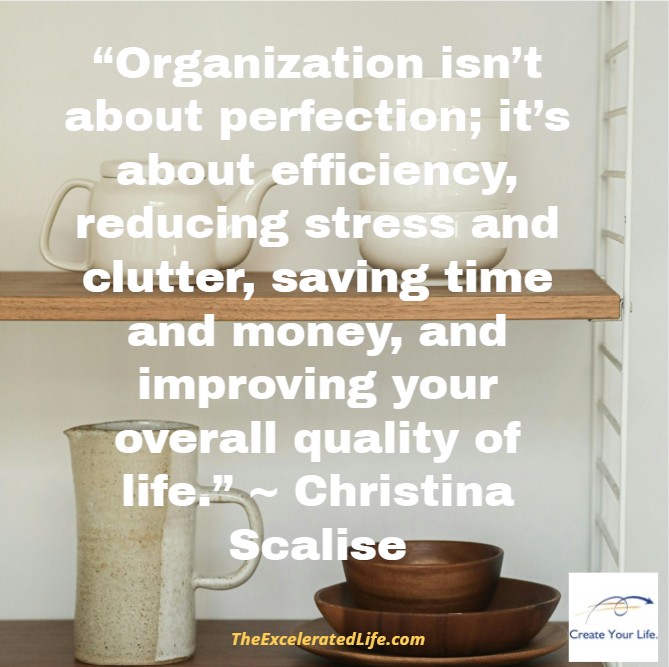
- Do It Now
David Allen, author of Getting Things Done, recommends the “two-minute rule”: if a task will take less than two minutes, do it immediately. (I stretch that to five minutes.)
Think about it: it takes less time to put your coat on a hanger than to toss it on a chair, notice it later, and hang it up eventually. The same applies to rinsing a dish, replying to a short email, or filing a document.
Amanda made “do it now” her new mantra. Instead of dropping mail in a pile, she sorted it as soon as it arrived, recycling junk mail, filing bills, and placing important items in her task folder. That slight shift eliminated missed payments and late fees.
- Own Less Stuff
Organization is exponentially easier when you have less to organize.
You don’t need to embrace extreme minimalism (though you might choose to). Simply clearing out what you don’t use or need is freeing. It gives you back space, time, and energy.
Every object in your home and office requires care, storage, cleaning, or decision-making. Owning less means fewer decisions, less clutter, and more breathing room for the things you truly value.
The PLACE Method: A Framework for Decluttering
When you’re ready to tackle a room, closet, or desk, use the PLACE method. It’s simple, memorable, and effective.
- P = Purge. Toss obvious trash. Recycle old magazines. Donate items you haven’t used in a year. (Keep legal documents and tax records, of course.)
- L = Like with Like. Store similar items together. Decide where each object “lives” and keep it there when not in use.
- A = Access. Keep frequently used items within easy reach. Store seldom-used items further away. Keep duplicates in the places you need them most.
- C = Contain. Use containers that make items visible and easy to access. Clear bins, labeled folders, and drawer dividers — whatever helps you find things quickly. When a collection outgrows its container, weed it down instead of buying more containers.
- E = Evaluate. Before you begin, plan the space. What activities happen here? What tools and supplies are needed for each activity center? Without evaluation, you risk just rearranging clutter instead of truly organizing.
Amanda loved the PLACE method because it gave her structure. She used it to declutter her home office and created specific “centers” for bill-paying, project planning, and creative work. Each activity had the necessary tools within reach, and nothing extra.
Putting PLACE to Use
Suppose you’ve missed another bill payment because it got buried under a pile of junk mail. You’re not only stressed, but you also risk service suspension and a ding on your credit score.
Now imagine applying the PLACE method:
- You purge the junk mail immediately.
- You keep all bills “like with like” in a single folder.
- You place that folder where it’s easy to access on your desk.
- You contain it in a labeled tray, so it never gets buried.
- You evaluate by setting up a “bill-paying center” with your checkbook, stamps, and files.
Suddenly, bill-paying isn’t a chaotic scramble; it’s a simple, reliable routine.
Taking Action
Excelerated Organization™ doesn’t mean reaching for perfection. It’s being organized enough to free up your time, energy, and attention for the bigger, more meaningful things in life.
Here are your action steps:
- Choose one task list and commit to it.
- Practice doing one thing at a time.
- Adopt the “do it now” principle for small tasks.
- Declutter by owning less stuff.
- Apply the PLACE method to any space that feels overwhelming.
The Benefits Revisited
Amanda didn’t become perfectly organized. She became well-enough organized to focus on her BIG goal. And that’s what matters.
When you are well-enough organized:
- You save time and energy.
- You reduce frustration and increase calm.
- You align your outer world with your inner peace.
As within, so without. Order on the outside creates space for order on the inside. And order on the inside empowers you to create and sustain order on the outside.
Start small. Do one thing. Do it now. Take the next simple step. Excelerated Organization™ will give you the clarity and space you need. And that is embracing your Excelerated Life™!
Where are you “well-enough organized” already?
Where do you need to make improvements?
What one small step can you take to begin today?
Share your thoughts by leaving a comment below.
Excelerated Organization™ — being clutter-free and well-enough organized (able to find what you need when you need it) — is one practice for creating your Excelerated Life™, a life of flourishing and well-being, and a life of meaning, purpose, and service.
Read more about the Excelerated Life™.
Footnote:
(*) “Amanda’s” experience is a combination of details from different clients.
Resources:
Allen, David. Getting Things Done (Revised Edition). New York: Penguin Books, 2015.
This blog post includes research information provided by ChatGPT, an AI language model developed by OpenAI. The content was generated with AI assistance and is intended to provide information and guidance. Please note that the suggestions are not official statements from OpenAI. To learn more about ChatGPT and its capabilities, you can visit the OpenAI website.
